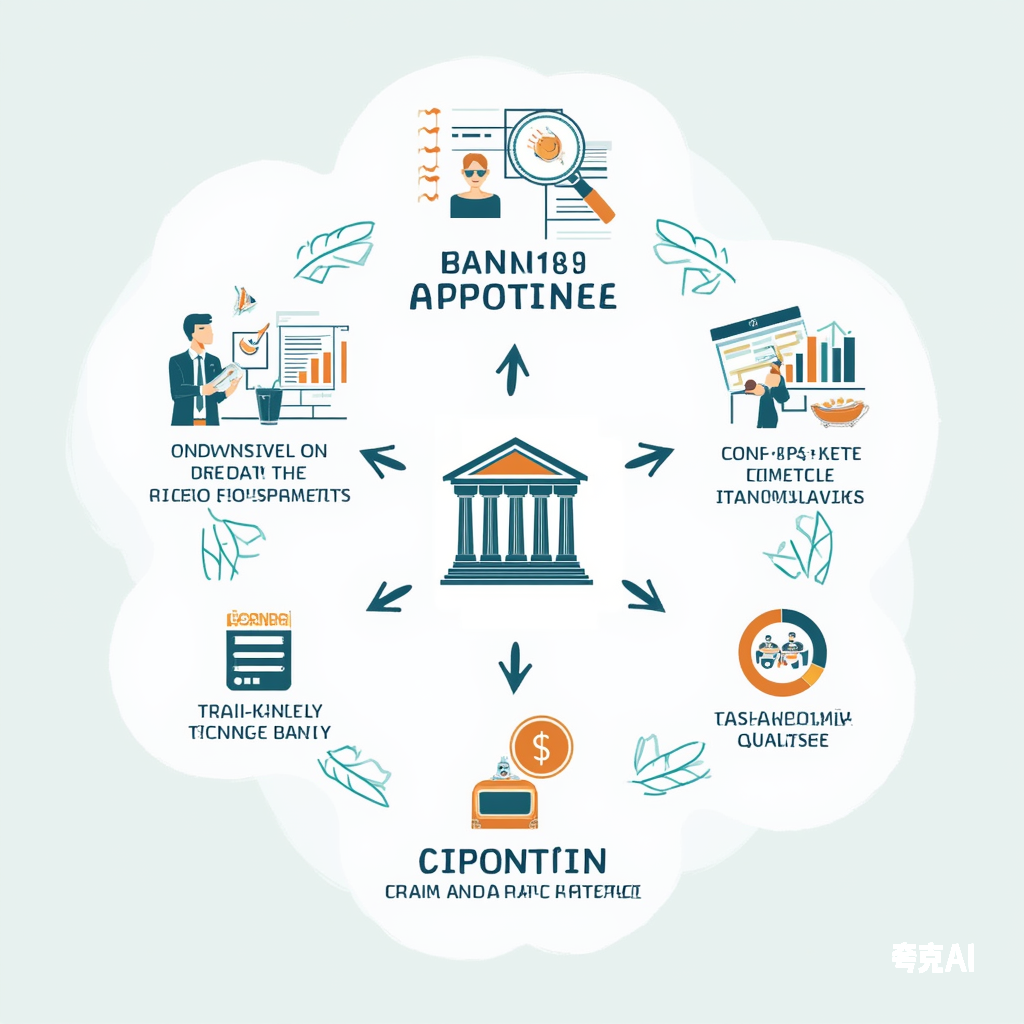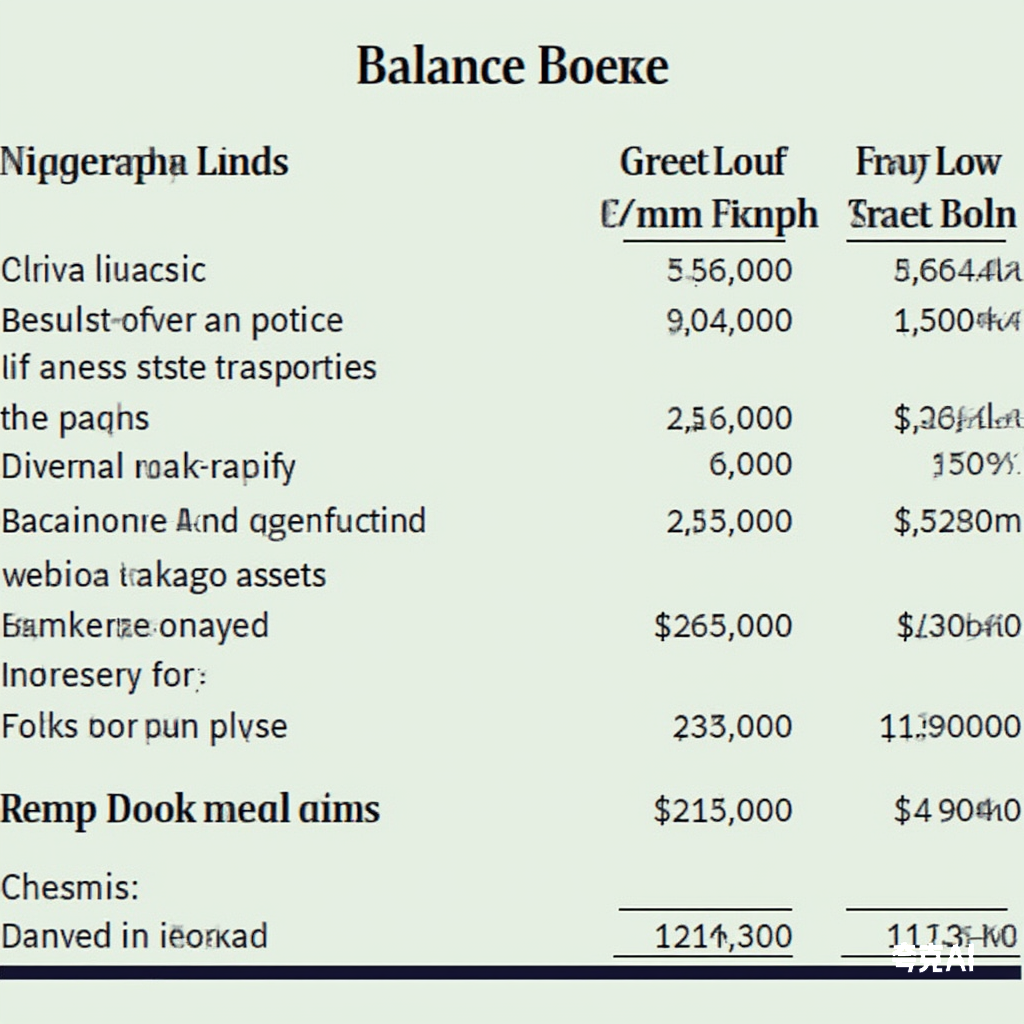Financial statement analysis is the backbone of commercial lending decisions. Yet, 42% of loan defaults stem from overlooked red flags in financial reports. This guide reveals Wall Street-tested techniques to dissect balance sheets, income statements, and cash flows—spotting manipulation while assessing true repayment capacity.
1. The Big Three Financial Statements & Common Manipulation Tactics
A. The Balance Sheet: A Snapshot of Financial Health
- Key Metrics to Scrutinize:
- Current Ratio (<1.2x signals liquidity risk)
- Debt-to-Equity (>2.5x in most industries = high leverage)
- Tangible Net Worth (excludes intangibles—critical for collateral coverage)
Red Flags:
✅ Inflated Assets: Fake receivables, overstated inventory (e.g., Theranos’ $1B “phantom revenue”)
✅ Hidden Liabilities: Off-balance-sheet leases, undisclosed guarantees (e.g., Enron’s special-purpose entities)
B. The Income Statement: Profit or Illusion?
- Critical Checks:
- Gross Margin Trends (sudden spikes may indicate revenue manipulation)
- EBITDA vs. Operating Cash Flow (divergence suggests earnings quality issues)
- Non-Recurring Items (exclude one-time gains for true performance)
Fraud Tactics:
🚩 Channel Stuffing: Booking future sales early (e.g., Sunbeam’s 60Mfakerevenue∗∗)🚩∗∗ExpenseCapitalization:∗∗Misclassifyingcostsasassets(e.g.,∗∗WorldCom’s60Mfakerevenue∗∗)🚩∗∗ExpenseCapitalization:∗∗Misclassifyingcostsasassets(e.g.,∗∗WorldCom’s3.8B fraud)
C. The Cash Flow Statement: Follow the Money
- Must-Analyze Sections:
- Operating Cash Flow (Negative? Danger sign unless early-stage)
- Investing Activities (Large outflows = growth or distress?)
- Financing Cash Flows (Reliance on debt rollovers = refinancing risk)
Case Study:
A Midwest manufacturer reported 5Mnetprofit∗∗buthad∗∗−5Mnetprofit∗∗buthad∗∗−2.1M operating cash flow. Digging deeper, receivables had surged 90 days past due—a classic “sales on credit” bubble.
2. Deep Dive: Analyzing High-Risk Balance Sheet Items
A. Cash & Equivalents: Is It Really There?
- Verify:
- Bank statements (match ending balances)
- Restricted cash (e.g., $2M “cash” was actually a locked escrow)
- Sudden spikes (could be short-term loans masked as cash)
B. Accounts Receivable: Will It Convert to Cash?
- Warning Signs:
- Aging >90 days (industry benchmark: <60)
- Concentration risk (>25% from one customer = vulnerability)
- Strange write-offs (e.g., “discounts” to clear old invoices)
Pro Tip: Cross-check sales contracts with deposits in bank statements.
C. Inventory: Overvalued or Obsolete?
- Tests:
- Inventory Turnover (declining? Possible obsolescence)
- LIFO vs. FIFO (switching methods can inflate profits)
- Physical Audits (e.g., a food distributor’s “phantom pallets”)
D. Fixed Assets: Real or Paper Wealth?
- Key Checks:
- Depreciation policy (too slow? Overstated earnings)
- Unrealistic appraisals (e.g., a hotel booked at 2x market value)
- Idle equipment (still depreciating? Red flag)
3. Income Statement Sleuthing: Spotting Earnings Manipulation
A. Revenue Recognition Tricks
🚨 Bill-and-Hold Schemes (booking sales before delivery)
🚨 Round-Tripping (fake sales to related parties)
🚨 Premature Revenue (recording before service completion)
Defense: Compare revenue growth with customer deposits & receivables.
B. Expense Shenanigans
⚠️ Understated COGS (e.g., ignoring rising material costs)
⚠️ “Other Expenses” Spikes (hiding one-time losses)
⚠️ Aggressive Amortization (stretching out write-offs)
Case Study: A tech startup claimed 30% margins, but R&D was capitalized—true margins were -15%.
4. Cash Flow Analysis: The Ultimate Truth-Teller
A. Operating Cash Flow vs. Net Income
- Healthy Business: OCF ≥ Net Income
- Warning Sign: OCF << Net Income (possible earnings manipulation)
B. Free Cash Flow: The Ultimate Sustainability Test
Formula:
FCF = Operating Cash Flow - Capital Expenditures
Interpretation:
- Negative FCF? Burning cash (okay for growth firms, risky for mature ones)
- Positive & Growing? Strong repayment capacity
5. Advanced Fraud Detection Techniques
A. Benford’s Law
- Statistical analysis of digit patterns in financials—unnatural deviations suggest tampering.
B. Ratio Cross-Checks
- Example: If receivables ↗ but revenue ↘, possible fake sales.
C. Third-Party Verification
- Bank statements (cash balances)
- Tax returns (reconcile with reported income)
- Supplier/customer confirmations (validate transactions)
Final Thought
“Lenders who skip forensic analysis end up holding bad paper.” Apply these techniques to your next 3 loan files—compare your findings with traditional underwriting.
🥳 Love My Content?
Fuel more free guides with a beer! 🍺
(Every sip makes the keyboard dance!)
Secured via PayPal • No account needed

 SinoLoanHub: Expert Business Loan Solutions for North American Companies
SinoLoanHub: Expert Business Loan Solutions for North American Companies






